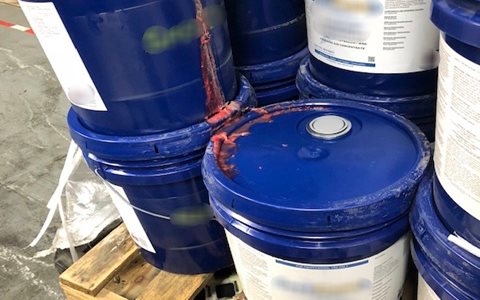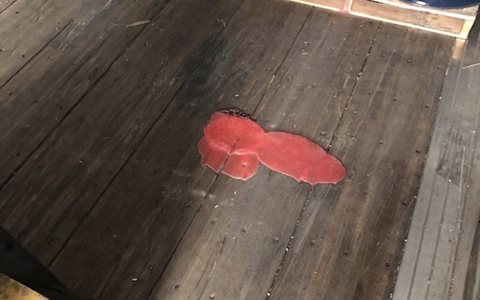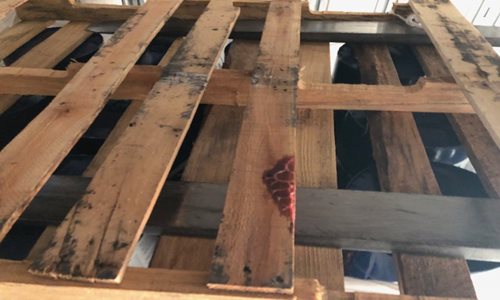In a perfect world, freight would float on a cushion of air and arrive at each receiver as though the entire void around your load was filled with bubble wrap and packing peanuts. Once you wake up from that dream cargo scenario though, you realize that things like rough highways and poor packaging can lead to loads arriving in less than stellar condition. When this takes place, finding out where the fault lies is key in making sure you are not going to get pinned with a freight claim!

When one does happen, hopefully it will not be a case of “Who can throw their hands up in the air first”, in an effort avoid taking the blame for damaged freight. I have worked with shippers and receivers on this that range from accepting full responsibility, to the opposite end of the spectrum of trying to put the blame on the innocent. I can stress no more important factor in all of this than “covering your behind” on all ends and using the old adage that “A picture is worth 1,000 words!” In the end it is also important to remember, like all things in this industry, to get it in writing! The proof of delivery, usually the bill of lading, should state what was damaged (specifically down to item number or SKU), quantity damaged, specific damages that occurred and who was at fault for the damages.

If damages occur be sure to get plenty pictures and do not leave the scene until it is resolved. In the case that provided the pictures for this article, it was these very pictures that proved the damage likely occurred at the shipper end before the product was even put in the trailer, which was concurred upon by all parties. It showed that when the shrink-wrapped pallets were broken down, the product had likely been loaded too rough causing the bucket lid to jar loose from forward pressure. The aggravation of the rough roads in-transit caused some to spill out and dribble down the already open bucket, then dry on the floor of the trailer.

Inspecting the load at the shipper and watching the loading process, if you are allowed to do so, can often alleviate some of the woes that can occur on the shipping end. Although not all issues can be prevented or detected, having an eagle eye out for problems before product goes into the trailer can be a key deterrent in a claim before it happens. To cover your rear, take pictures before sealing up the doors to help prove that the load was properly secured and distributed to reduce the potential of damage in transit. Once at the receiver, be sure to inspect unloading if possible and have them sign for the load “seal intact” and “in good condition”. Remember the importance of proving fault whenever a claim is involved, so that it doesn’t wrongfully get put back on you the driver, if it is not rightfully your fault!